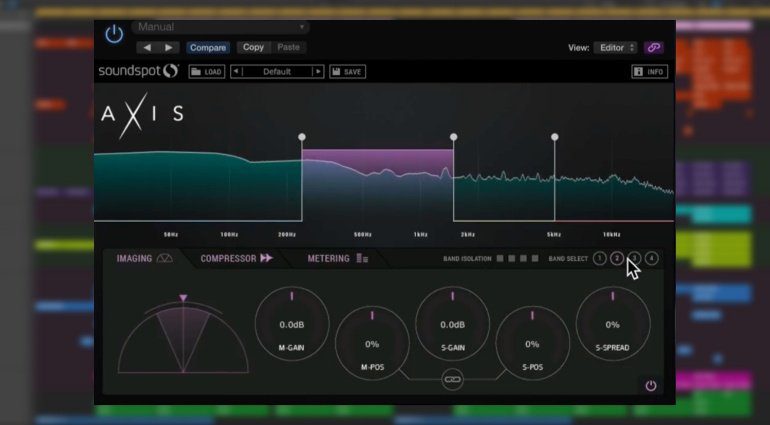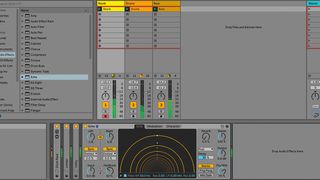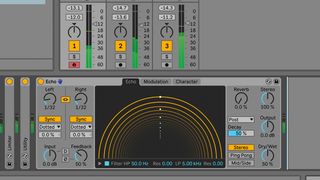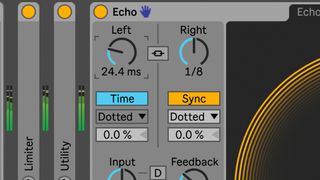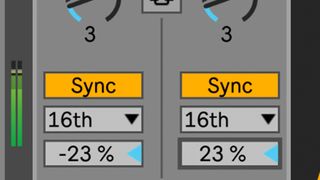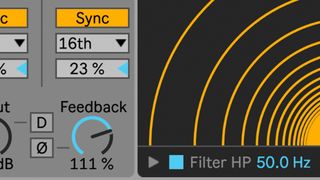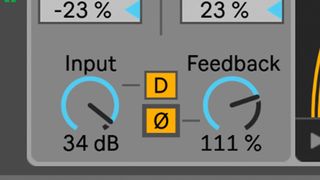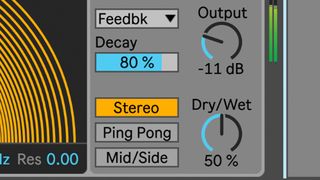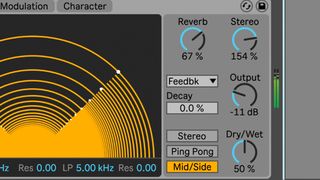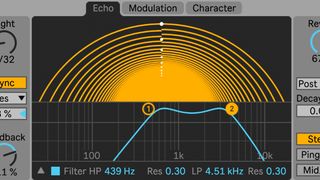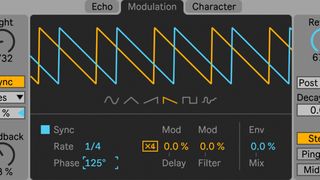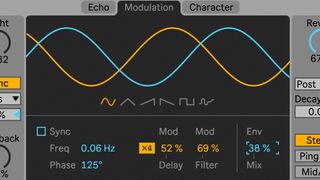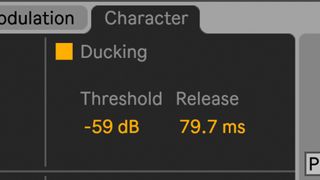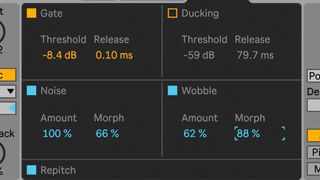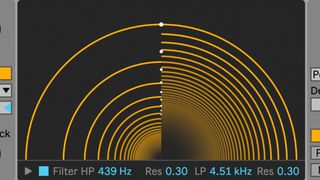'Noiize' is a relatively new website and a one of a kind too. Featuring there plugin which gives one access to drag and drop samples/loops from a variety of packs right into your own DAW. A unique and very innovative idea which previousy required a paid for membership to be able to do this. Now though it is available FREE with a few limitations. Since i am a member and was asked to invite my friends i would like to share this with anyone out there who is interested. By the way there is also a free 1GB storage space to upload your own samples. For the FREE invite to join' Noiize' go to http://alturl.com/u3zva
Working with a team of musicians and sound designers to create fresh and unique sounding content across 40 genres, UK based Samplephonics have produced well received royalty free sample packs since being founded by former producer and mastering engineer Davis Rose in 2011.
With subscription plans increasingly becoming the norm within the world of Pro Audio and professional software tools in general, what can Samplephonics spin off service Noiiz bring to the table for the cloud generation ?
There a three elements to Noiiz which are loops, one-shot sounds and preset patches for ES2 – FM8 – Massive & Sylenth. The best way to experience Noiiz is to download the VSTi available for Windows or Mac for once you have set up an account. Alternatively you down browse for sounds via website and download them from there.
The site says there’s over $10k’s worth of content available to it’s subscribers but it doesn’t say how many loops or samples this amounts to but it’s a lot and with more arriving on a regular basis from various contributors it’s hard to see how one person could ever exhaust it all.
The first port of call upon inserting the plugin or opening up and logging in to the website is your “feed”. This is a list of the latest pack releases and seems to have something new appear every week. You can browse the samples packs in the feed or if you’re looking for something more specific click the “Sounds” menu.
The sounds menu has a list of Sample Packs complete with cover art that you can browse explore as well as play-lists. You can also organize any content that you discover by tagging favorites or adding individual samples to a folder for i.e. for each project you are working on. Any previously downloaded samples are also accessible here to grab again should you need to.
There’s a broad search box that you can type a keyword into to start looking for samples or you can go to an advanced search page where many more parameters can be entered.
For me the advanced search is where Noiiz comes into it’s own. You can search by genre which covers Acoustic, Ambient, Bass, Disco, Drum & Bass, Dubstep, EDM, Electro, Electronic, Electronica, Experimental, Film, Funk, FutureBass, Hip Hop, House, Jazz, Melodic EDM, Pop, Reggae, RnB, Rock, Soul, Sound Effects, Techno, Trance, Trap, Tropical House and World.
You can also search by instrument, creator, tempo range and whether you want a loop or a one shot. One of the best search features for me is the ability to set which key(s) you would like the sample to be in. Although the plugin can actually pitch shift it for you and most DAWs come with this feature I like having the option to preserve the audio fidelity of the sample by keeping it’s original key if possible.
Once you have a list of samples that fall within your search parameters comes the fun part of auditioning the results. You can sort the search results by various methods, Random, Date Added, Popularity, A-Z by name, Tempo, Key, Instrument, or Pack. Depending on how broad or narrow your search criteria was you can have hundreds of results or just a handful to go through.
With the website you can play , loop, add to favorites download or share them via twitter, Facebook, email or create link. In addition the plugin version brings some DAW integration to the party which allows you to match sample playback to your project tempo and have the chosen sample previewed alongside your track at the right speed. Although this feature has been available within my own DAW of choice (Sonar) for many years for previewing samples already on my hard drive it’s pretty cool to be able to do this with cloud hosted previews when there are so many to choose from.
You can also pitch shift them up and down if you wish independent of the tempo and then once your happy it’s a small matter of dragging and dropping the sample from the plugin into your DAW where it creates a new audio track containing the sample complete with any tempo or key changes.
Now I live in the middle of nowhere so we don’t get anywhere near the broadband speed of them city living folks so there are a few times when jumping between samples takes a little longer than my impatient fingers would like. I don’t whether it’s my kids playing their online games, or the Noiiz servers that have a bit of a lag. Sometimes it’s snappy as I could wish for but other times I might be clicking my heels for 10 or 15 seconds whilst it catches up with me. I figure this is still much quicker than trawling my own drives for that perfect Trap snare or percussion loop.
All samples are royalty free and yours to keep forever even if you no longer subscribe. The cost of accessing the abundance of material here is a very reasonable $9.99 per month or $100 per year. Personally I think this is great value for money if you use samples within your work on a regular basis.
Writing consistent high quality music for Libraries is hard work and anything that can lighten the load, help inspire new directions or get you out a creative rut is worth it’s weight in gold.
The time saving alone in being able to find what you want when you want it and not spend hours every month trying to remember where heard that kick drum sample that’s perfect for your latest track let alone which folder it’s in is worth the admission price. Never needing to go buy one off sample packs again is incredibly appealing and in my first few months of using the service I’ve been able to use it as a springboard into new genres that have opened more doors for me as a composer. Review from
MusicLibraryReport
